10. May, 2025delish0
In the production of lithium batteries, the cutting efficiency and consistency of the slitting machine are directly related to the quality of the electrode piece, the performance of the battery and the production cost. To improve these two core indicators, we need to start from multiple dimensions such as equipment technology, process optimization and intelligent management, and the following are specific strategies:
First, the key measures to improve cutting efficiency
1. Optimize the slitting process parameters
• Speed & Tension Balance:
On the premise of ensuring quality, the optimal slitting speed (usually 60-100m/min) of different materials (such as graphite anode vs. ternary cathode) is determined through experiments, and the dynamic tension control (within ±2%) is matched to avoid pole piece breakage or wrinkle during high-speed operation.
• Tool fit:
◦ Ultrasonic slitting knife is used for brittle materials (such as lithium iron phosphate cathode) to reduce edge cracking;
◦ Use a high-hardness round knife for highly ductile materials (such as copper foil) to extend tool life.
2. High-speed slitting equipment upgrade
• High rigidity body design: cast iron or alloy frame is used to suppress high-speed vibration and ensure slitting stability.
• Servo drive system: Replace the traditional mechanical transmission, realize the acceleration > 1m/s² fast start and stop, and reduce the time of roll change.
3. Reduce non-productive time
• Automatic tool change system: prompts the tool change through online wear detection (such as laser ranging) and realizes fast switching of the tool holder, reducing the downtime to less than 5 minutes.
• Pre-installed tool technology: the tool set is debugged offline in advance, and the changeover time is reduced by more than 30%.
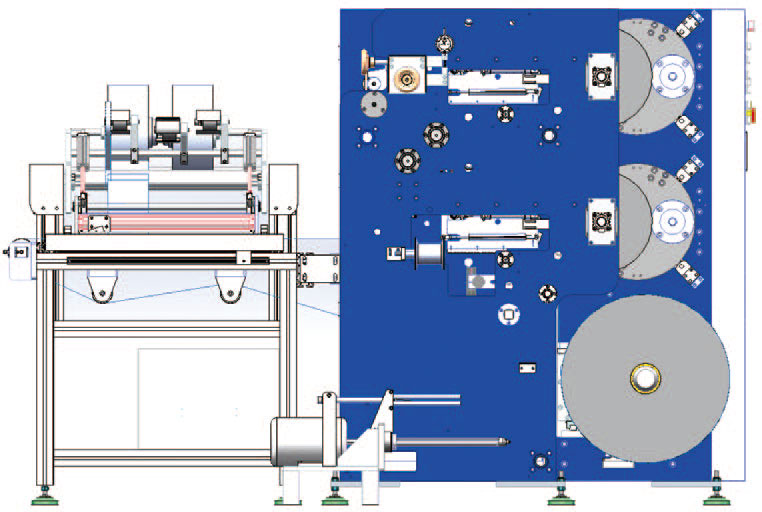
Second, the core technology to ensure the consistency of cutting
1. High-precision guidance and guidance
• Closed-loop correction system: use photoelectric or CCD sensors to monitor the edge position of the pole piece in real time, and dynamically adjust the correction roller (accuracy ±0.1mm) to avoid serpentine transport.
• Air suspension support: Non-contact support for ultra-thin foils (e.g. 6μm copper foil) to prevent deformation caused by mechanical contact.
2. Tool management and maintenance
• Upgraded tool materials: 3-5 times longer life with polycrystalline diamond (PCD) or ceramic-coated tools, reducing trimming burrs due to wear.
• In-line sharpening technology: Automatically resharpens the cutting edge of the tool during the slitting process to maintain continuous sharpness.
3. Environmental & Dust Control
• Constant temperature and humidity environment: control the temperature and humidity of the workshop (such as 23±1°C, humidity ≤30%) to reduce the expansion and contraction deformation of materials.
• Integrated dust removal system: negative pressure adsorption + electrostatic dust removal is used to reduce the width fluctuation caused by dust adhesion.
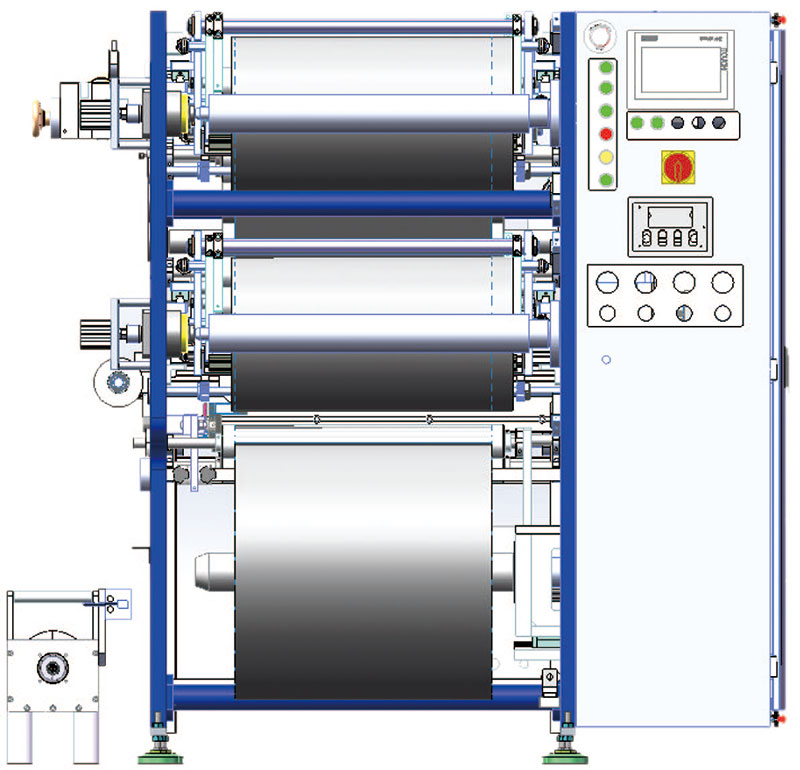
3. Intelligent and data-driven efficiency solutions
1. Digital Twin and Simulation Optimization
• Simulate the slitting process with virtual commissioning and validate parameter combinations (e.g., tension-velocity profiles) in advance to reduce trial-cutting scrap.
2. AI quality inspection
• Real-time defect recognition: Deep learning algorithms (such as YOLOv8) are deployed to analyze cutting edge images and automatically classify defects such as burrs and flanges, with a detection rate of >99%.
• Predictive maintenance: Predict failures based on tool vibration and temperature data and intervene in advance.
3. MES system integration
• Connect the slitting machine to the production management system, and automatically issue the process formula (such as the tool spacing parameters corresponding to different pole piece widths) to eliminate manual input errors.
4. Comparison of typical cases
| Improvements | Traditional slitting | Optimized slitting | Improved performance |
| Cutting speed | 50m/min | 80m/min | Efficiency +60% |
| Width consistency | ±0.15mm | ±0.05mm | Pole Yield +20% |
| Changeover time | 30 minutes | 10 minutes | Equipment Utilization +15% |
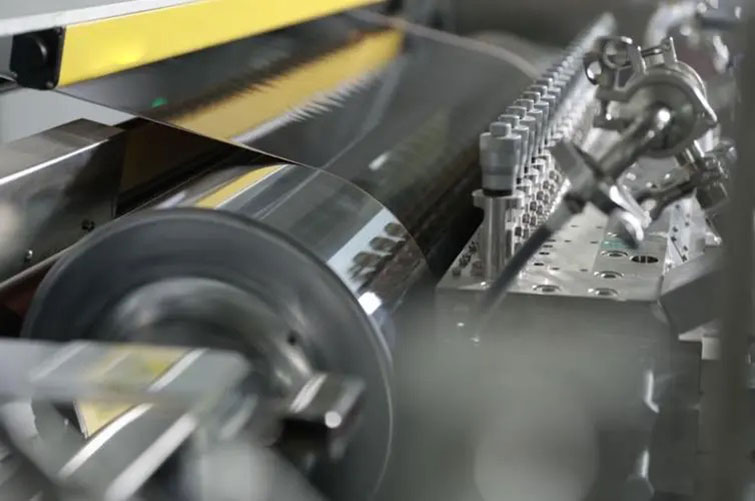
Fifth, the future direction of development
1. Laser slitting technology: non-contact cutting, suitable for brittle electrode materials (such as silicon-based anode), no burrs at the edges, but the problem of heat affected zone needs to be solved.
2. Modular design: quick switching slitting/slitting/notching, suitable for multi-model battery production.
3. Green manufacturing: Develop a dry slitting process to reduce the use of cutting fluid and reduce the cost of scrap disposal.
summary
Improving the cutting efficiency and consistency of the slitting machine requires a combination of "hard technology" (equipment, tools) and "soft power" (data, algorithms). Leading enterprises have achieved a single-machine efficiency increase of more than 40% through the digitization of process parameters, AI defect detection, and maintenance prediction. In the future, with the evolution of lithium batteries to ultra-thin and large-size, slitting technology will further break through in the direction of high-precision, zero-defect, and zero-intervention intelligence.



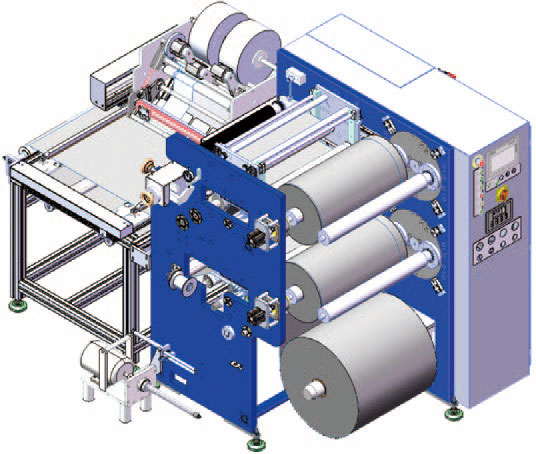
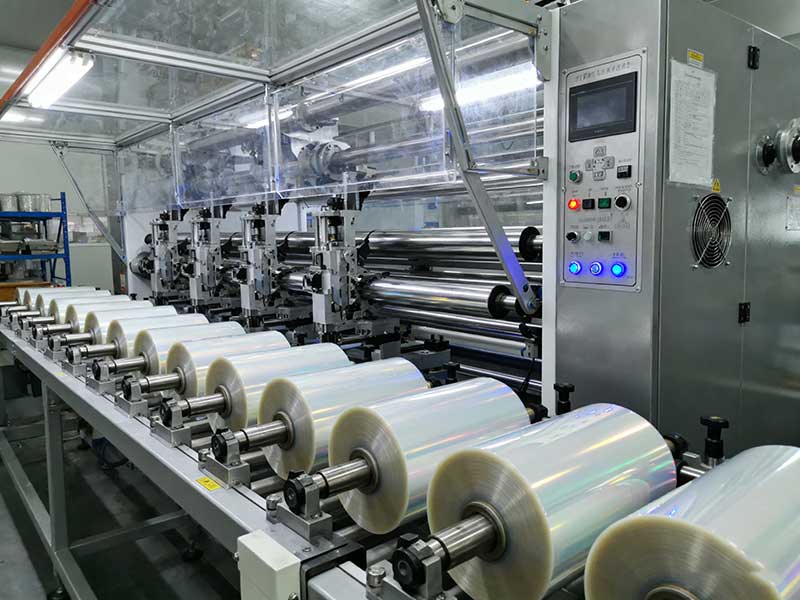
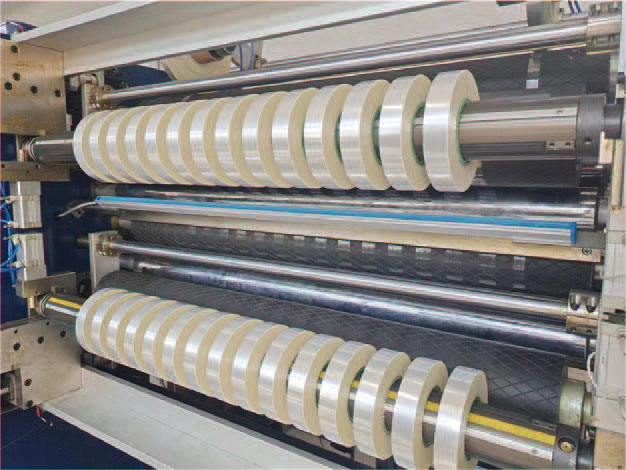
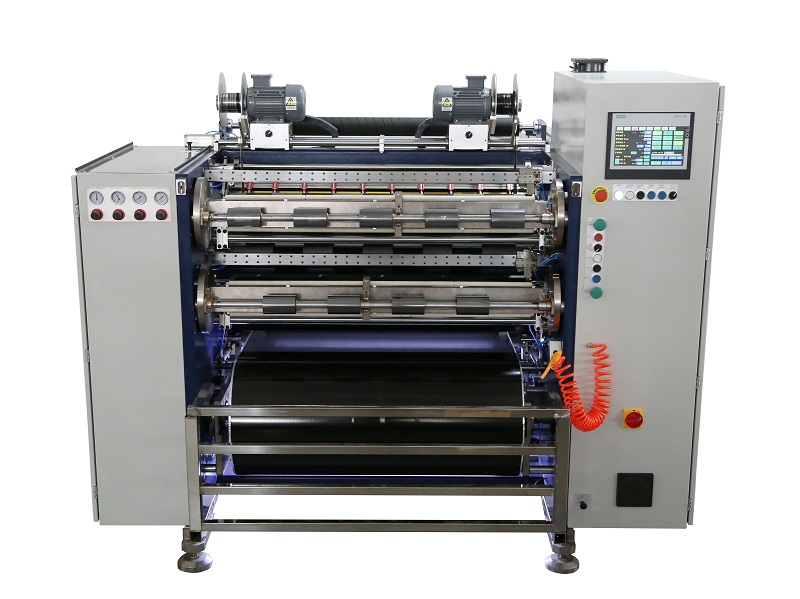 Fully Automatic TTR Slitter RSDS8 Plus
Fully Automatic TTR Slitter RSDS8 Plus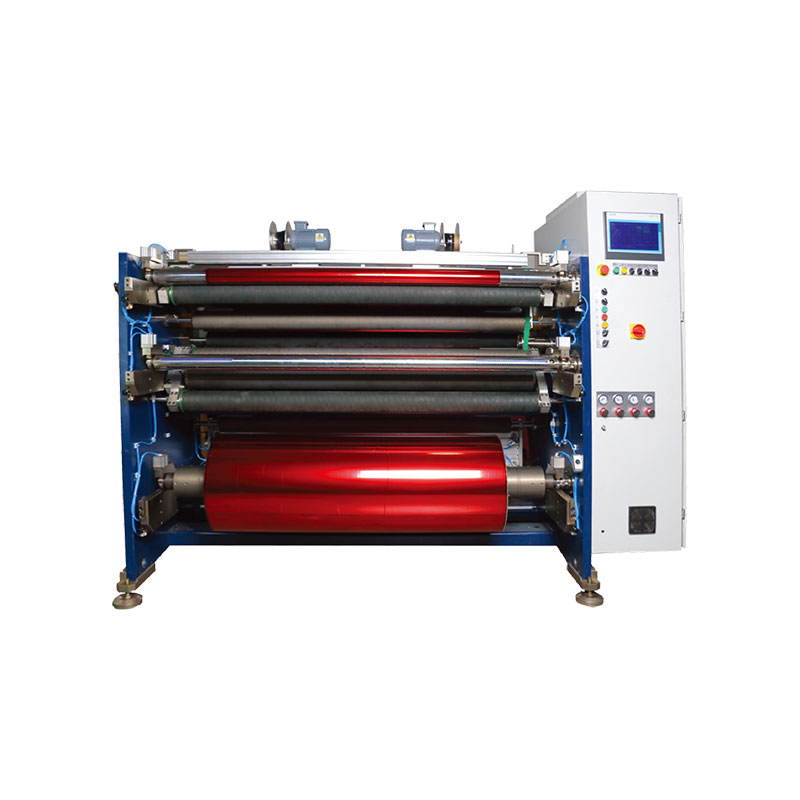 Hot Stamping Foil Slitter 1600mm
Hot Stamping Foil Slitter 1600mm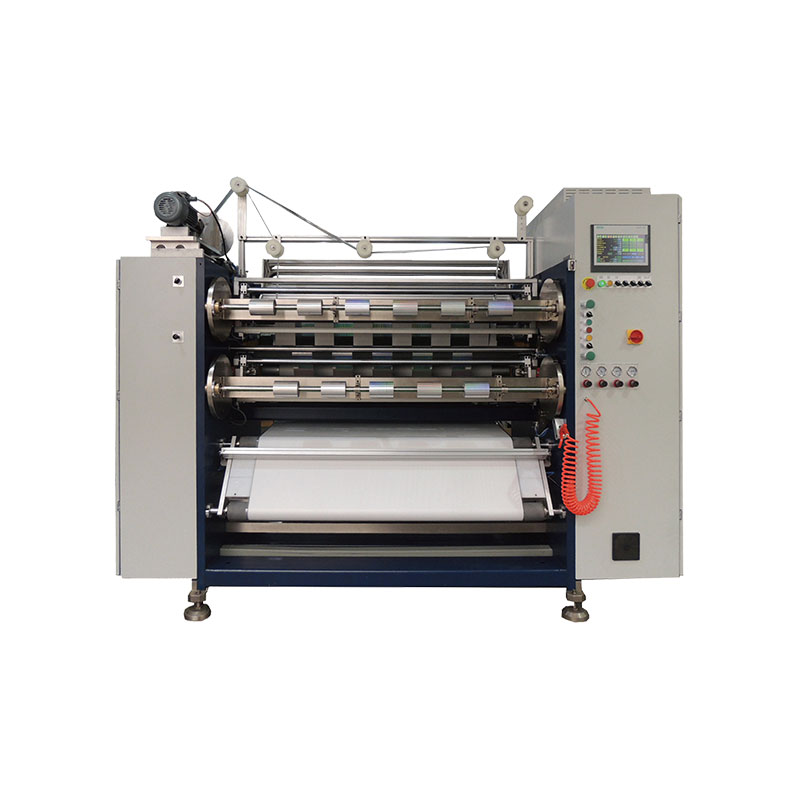 Hot Stamping Foil Slitter (4 Shafts)
Hot Stamping Foil Slitter (4 Shafts)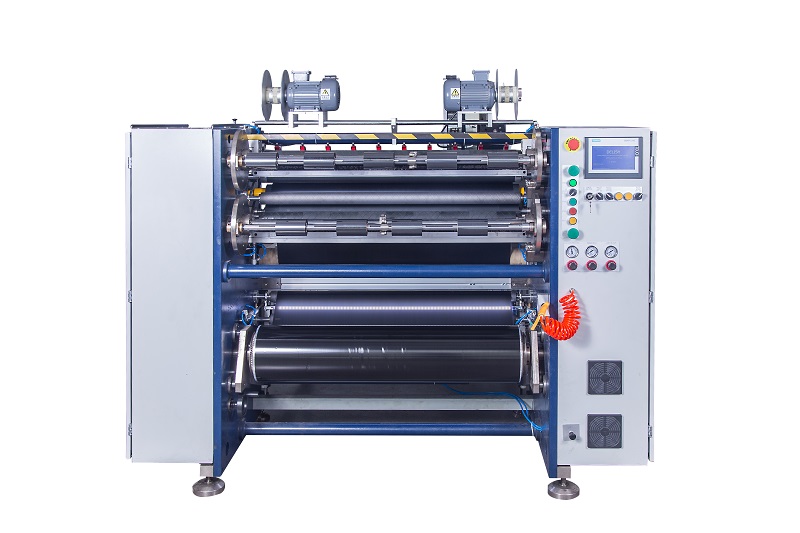 Semi-Auto TTR Slitter RSDS2 Plus
Semi-Auto TTR Slitter RSDS2 Plus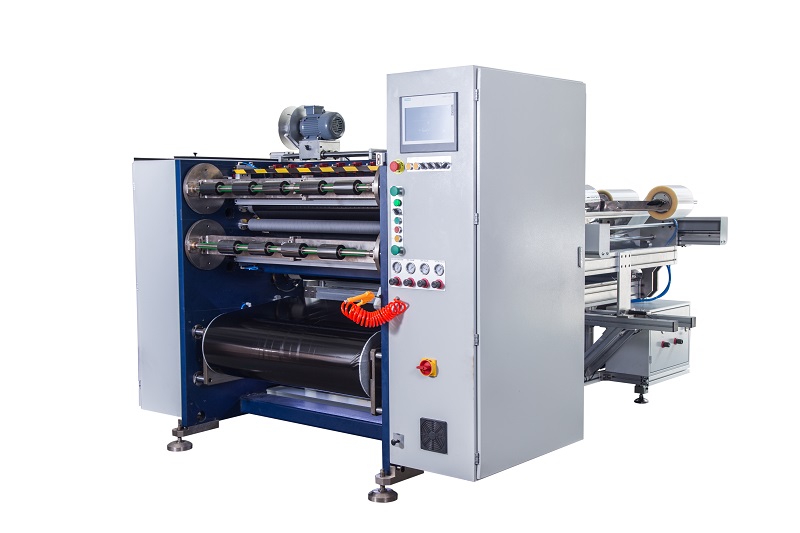 Semi Automatic TTR Slitter RSDS5 Plus
Semi Automatic TTR Slitter RSDS5 Plus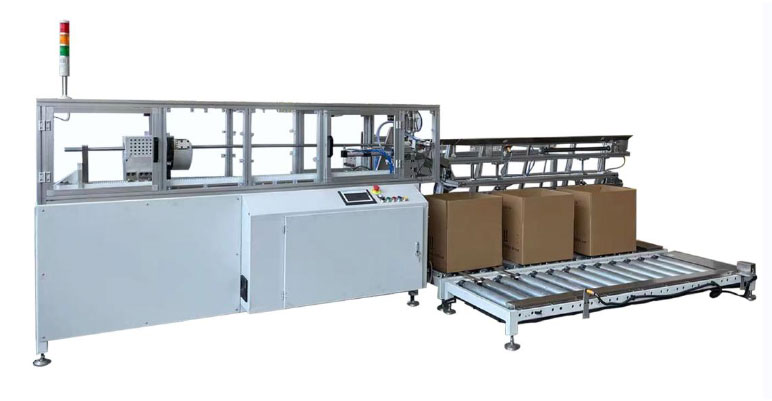 Auto Paper Core Cutter
Auto Paper Core Cutter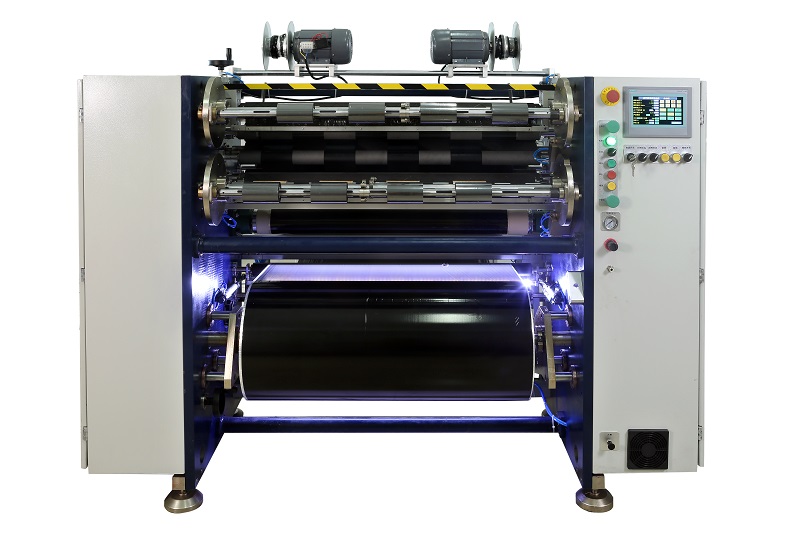 Manual TTR Slitter RSDS2
Manual TTR Slitter RSDS2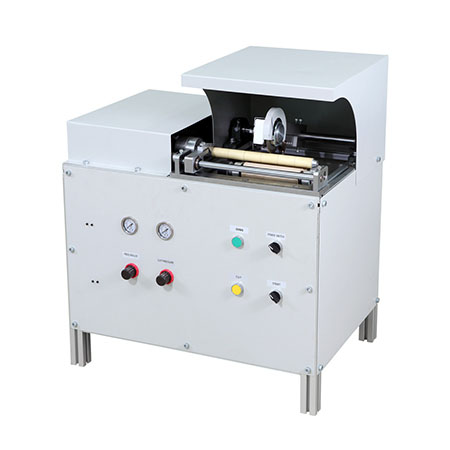 Manual Paper Core Cutter
Manual Paper Core Cutter





